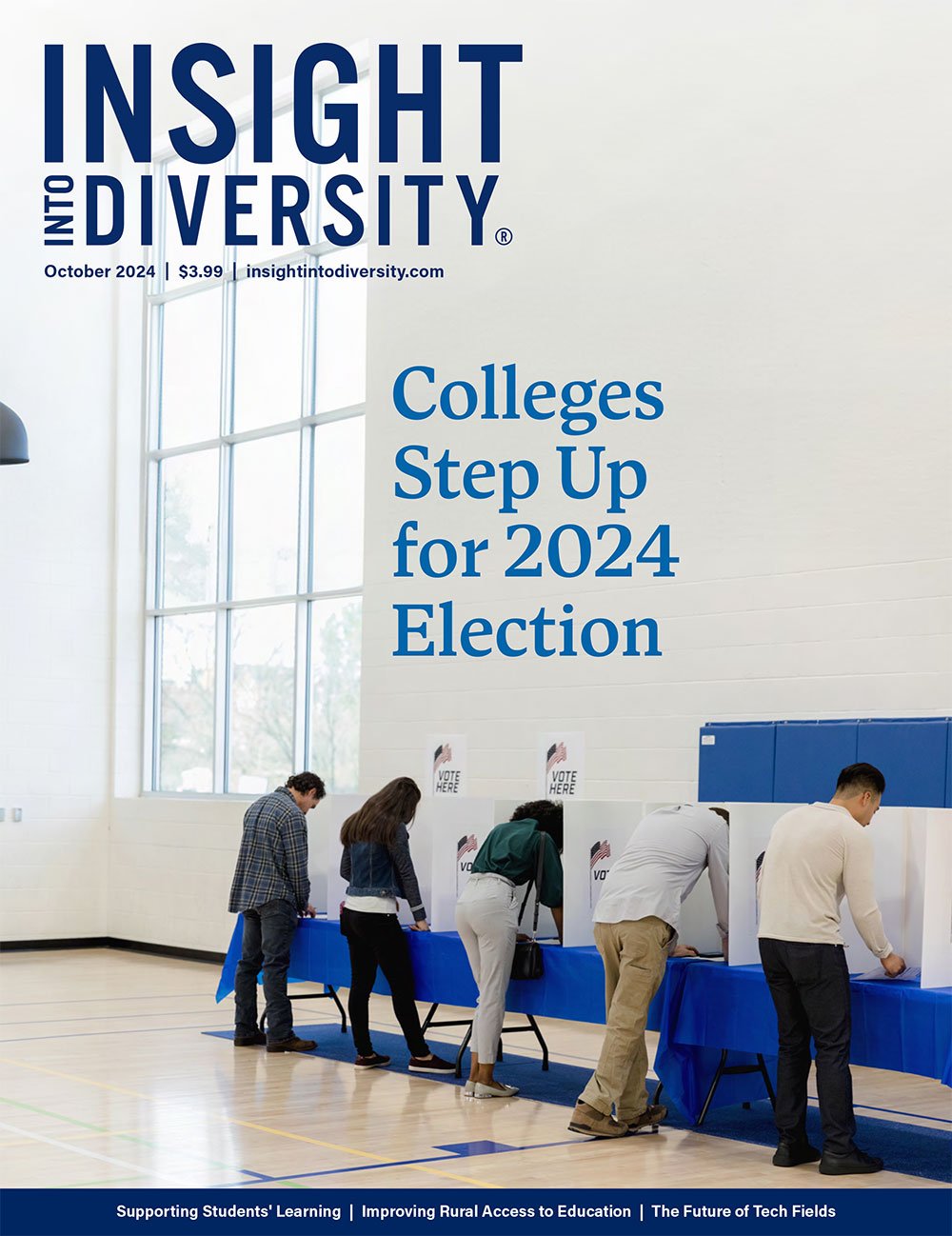The California State University (CSU) recently shared data from a major systemwide project highlighting its progress in supporting a more diverse student body and introducing a new plan to revamp student success measures.
CSU launched Graduation Initiative 2025 in 2015 with the goals of helping more students graduate, closing gaps in degree completion, and addressing California’s workforce needs. At the annual Graduation Initiative 2025 Symposium held from October 28-30, themed “Building for Equity: Finishing Strong and Framing Success,” CSU leaders reviewed the system’s progress and provided updates on the initiative’s goals.
Four-year graduation rates for first-time students have increased to 36.2%, while two-year transfer student graduation rates are just one percentage point short of the 45% goal, showing a positive trend in degree completion rates. However, CSU remains 4 percentage points below its 40% target for first-time students by 2025.
Since 2009, CSU’s student population has grown by 31%, and the number of first-generation, Pell-eligible, and historically underserved students has increased by 50%. In early 2024, CSU began a year-long consultation process to develop a new student success framework, which, unlike traditional approaches, will look beyond graduation rates to address a broader set of factors supporting students throughout college. Set to launch in 2025, CSU is gathering detailed information from all 23 campuses to understand the challenges preventing some students from graduating and to implement a more comprehensive plan for student success.
Deputy Vice Chancellor of Academic and Student Success at CSU, Dilcie Perez, said in a release, “We are at an inflection point, but we have a real opportunity before us … We are undertaking the most comprehensive year of engagement our system has ever seen to determine how we define student success, how we create equitable universities and how we move forward into this next iteration and boldly reimagine who we are as a system.”
Full data and further findings will be released later this month.



















